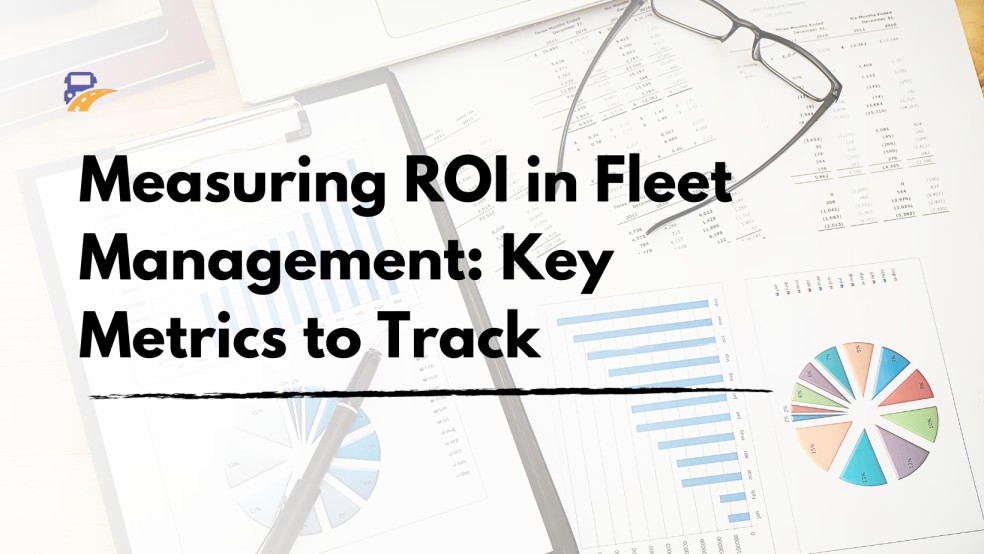Managing your fleet is important for running your business. We need to know if the money we spend on fleet management tools is worth it. This helps us understand the return on investment (ROI). This article breaks the process into the most important key performance indicators (KPIs). It lets us figure out how well the fleet management system is working. Let’s talk about why this is important and how to get the most out of your fleet management budget.

2.1. Fuel Efficiency
Fuel costs are a significant part of fleet operations. Measuring fuel efficiency helps identify areas for improvement and cost savings:
- Miles Per Gallon (MPG): Metrics like MPG are easy to understand and can tell how well the vehicles are using gas. The better, the more MPG it has.
- Idle Time: Vehicles idling unnecessarily waste fuel. Modern fleet management systems can help track and reduce idle time, saving money in the long run.
2.2. Maintenance Costs
Proper maintenance is crucial for extending the lifespan of your fleet. Measuring ROI involves keeping a close eye on maintenance expenses:
- Preventive Maintenance Compliance: Make sure you get your vehicles serviced to avoid breakdowns.
- Downtime: Calculate the cost of downtime due to vehicle breakdowns and repairs. Minimizing downtime is essential for fleet productivity.
2.3. Vehicle Usage
Optimizing vehicle use is essential for making the most of your resources:
- Vehicle Usage Rate: This metric helps you determine how often the vehicles was used. If there vehicles that are less used, consider reallocating or downsizing your fleet.
- Vehicle Allocation: Check whether assigned vehicles are efficient. There might be room for improvement to distribute it across tasks and locations.
2.4. Safety and Compliance
Making sure the drivers are safe. Also, the rules are the most important parts of fleet management.:
- Driver Safety Score: This metric evaluates driver behavior, which impacts accident rates. A safer fleet is not only more cost-effective but also a legal rule in most places.
- Compliance Metrics: Staying compliant with industry and government regulations reduces costly penalties. Make sure your fleet adheres to all necessary rules and regulations.
2.5. Route Optimization
Efficient route planning not only saves time but also reduces fuel costs:
- Route Adherence: This metric measures how closely drivers follow planned routes. Efficient routing minimizes unnecessary mileage and fuel consumption.
- Mileage Variance: Compare planned route distances with actual distances covered. This helps you identify if there’s room for improvement in your route planning.
2.6. Cost Reduction
ROI in fleet management is closely tied to cost reduction and efficiency improvement:
- Total Operating Costs: Keep a keen eye on all costs associated with fleet management. It’s essential to have a comprehensive view of your expenses.
- Cost-Per-Mile: Calculate the cost of operating each vehicle per mile driven. It provides a clear understanding of your cost structure.

Figuring out ROI is important for making smart choices and cutting costs. You can learn a lot about how well your fleet is doing by keeping an eye on key measures. Remember that ROI isn’t about cutting costs; it’s also about making things safer, more efficient, and more productive.
You should start by figuring out which KPIs are most important for your business. Spend money on advanced vehicle management software like TransportSimple to make gathering and analyzing data easier. To improve fleet performance and get a better ROI, look over your metrics on a regular basis and make decisions based on the data.
Saving money isn’t the only goal of good fleet management. It’s also about making things safer, more compliant, and more productive. Are you ready to get the most out of your fleet management investment and make your business successful?





Leave a Reply